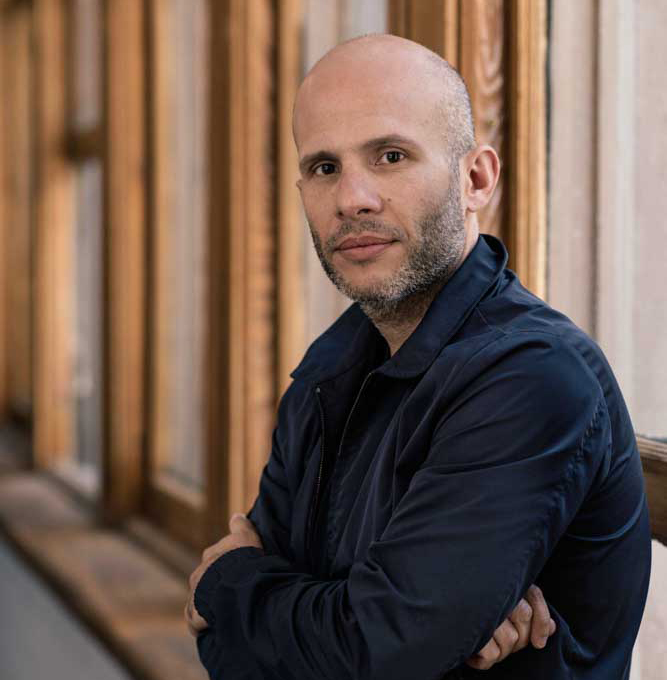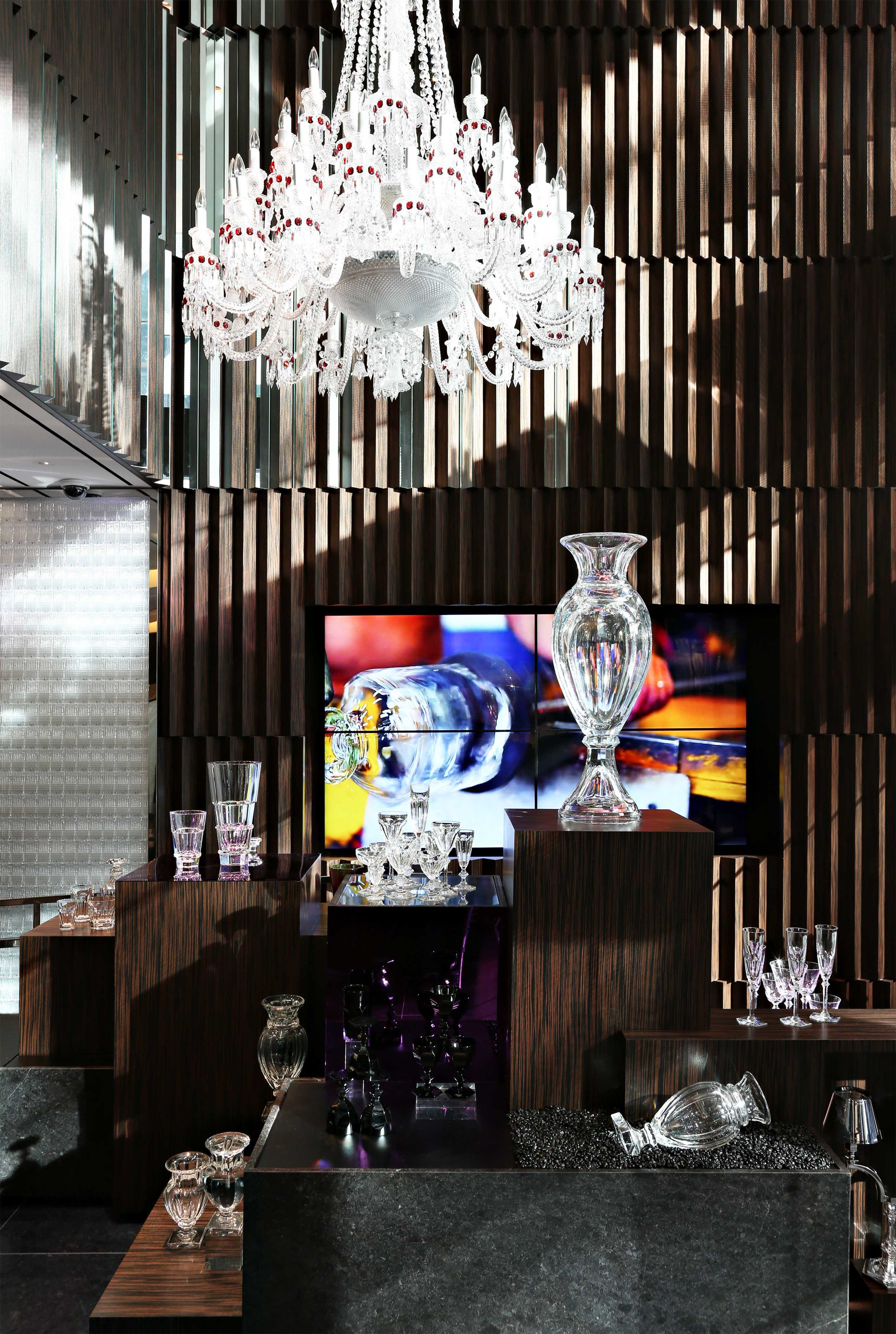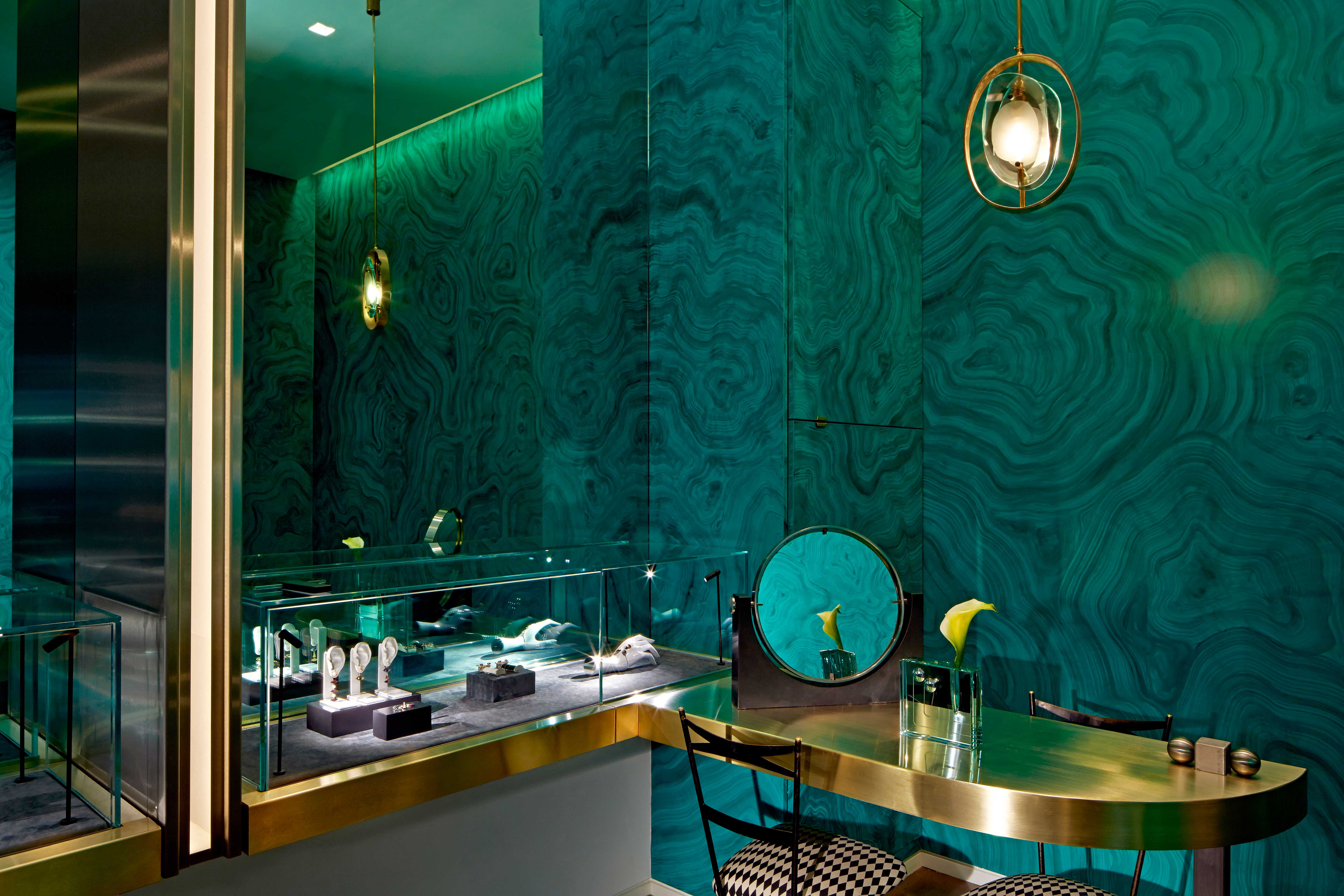New York-based designer & architect Rafael de Cárdenas takes a multi-disciplinary approach nurtured by culture and travel
“We favor the strategic over the thematic, the cosmopolitan over the typological, and the atmospheric over the static. Ever-focused on the contemporary, we take diligent note of the past while day-dreaming the future.” This is how Rafael de Cárdenas, founder of Architecture at Large, describes his work.
Before taking the plunge into architecture in 2006, Rafael de Cárdenas started his career as a menswear designer at Calvin Klein, then became a creative director at the special effects production house Imaginary Forces—two experiences that forged his aesthetic.
In his words, de Cárdenas is “interested in culture at large—fashion, cinema, music, art—and how quickly those things change and evolve.” He draws inspiration from eclectic references to design conceptual, artful and sculptural spaces. His just-released book, Rafael de Cárdenas/Architecture at Large: RDC/AAL (Rizzoli), features some of his most iconic projects. With its mirror-lined walls and malachite trompe-l’oeil, the Delfina Delettrez boutique in London is at once glamorous and intimate, elegant and exuberant.
The two-story fritted glass façade, patterned with triangular arrays of Baccarat’s flagship in New York City, catches the eyes of passersby, inviting them to discover a space where black granite, crystal chandeliers, niches of white gold leaf and diamond-motif details in the wood flooring evoke the preciousness of all items on display. In Saint Petersburg, Russia, Au Pont Rouge department store is nestled in a historic building while inside, a contemporary look and concept prevail.
For private projects, de Cárdenas starts his creative process by writing a fantasy script where he imagines the client’s ideal lifestyle.
“Then as the project gets more real, the fantasy aspect is embedded in the design’s DNA,” he says. An admirer of Dutch contemporary architect Rem Koolhaas and Austrian modernist architect Adolf Loos, de Cárdenas also sees travel and new experiences as ways to stay creative, explaining, “You have to get out of your comfort zone.”




